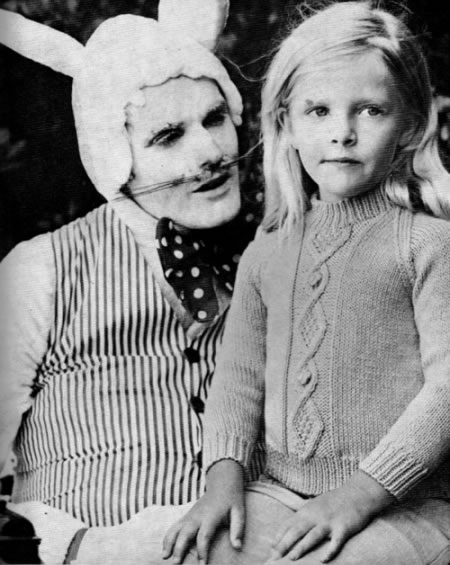Things that upset our expectations by presenting something far less desired than what was anticipated can cause us to become discombobulated, even overwhelmed by creepiness. Most of these things are completely harmless even if they’re distressing, but while their inefficacy means they pose no physical threat, they still reach deep inside us and instill terror. Why? Complicating matters even further is that some of us seek out these viscerally unsettling feelings in films and haunted houses.
In “A Theory of Creepiness,” an excellent Aeon essay, philosopher David Livingstone Smith attempts to explain this phenomenon, delving deeply into the history of theories on the topic. He ultimately believes the root cause lies in “psychological essentialism.”
The opening:
Imagine looking down to see a severed hand scuttling toward you across the floor like a large, fleshy spider. Imagine a dog trotting up to you, amiably wagging its tail – but as it gets near you notice that, instead of a canine head, it has the head of an enormous green lizard. Imagine that you are walking through a garden where the vines all writhe like worms.
There’s no denying that each of these scenarios is frightening, but it’s not obvious why. There’s nothing puzzling about why being robbed at knifepoint, pursued by a pack of wolves, or trapped in a burning house are terrifying given the physical threat involved. The writhing vines, on the other hand, can’t hurt you though they make your blood run cold. As with the severed hand or the dog with the lizard head, you have the stuff of nightmares – creepy.
And creepiness – Unheimlichkeit, as Sigmund Freud called it – definitely stands apart from other kinds of fear. Human beings have been preoccupied with creepy beings such as monsters and demons since the beginning of recorded history, and probably long before. Even today in the developed world where science has banished the nightmarish beings that kept our ancestors awake at night, zombies, vampires and other menacing entities retain their grip on the human imagination in tales of horror, one of the most popular genres in film and TV.
Why the enduring fascination with creepiness?•
Tags: David Livingstone Smith



